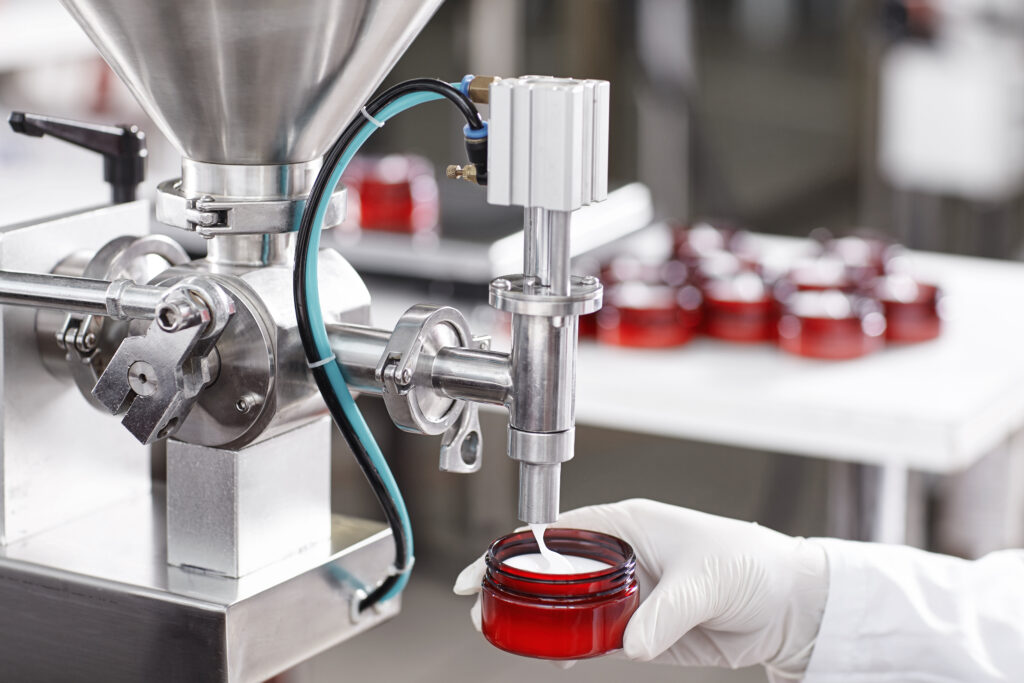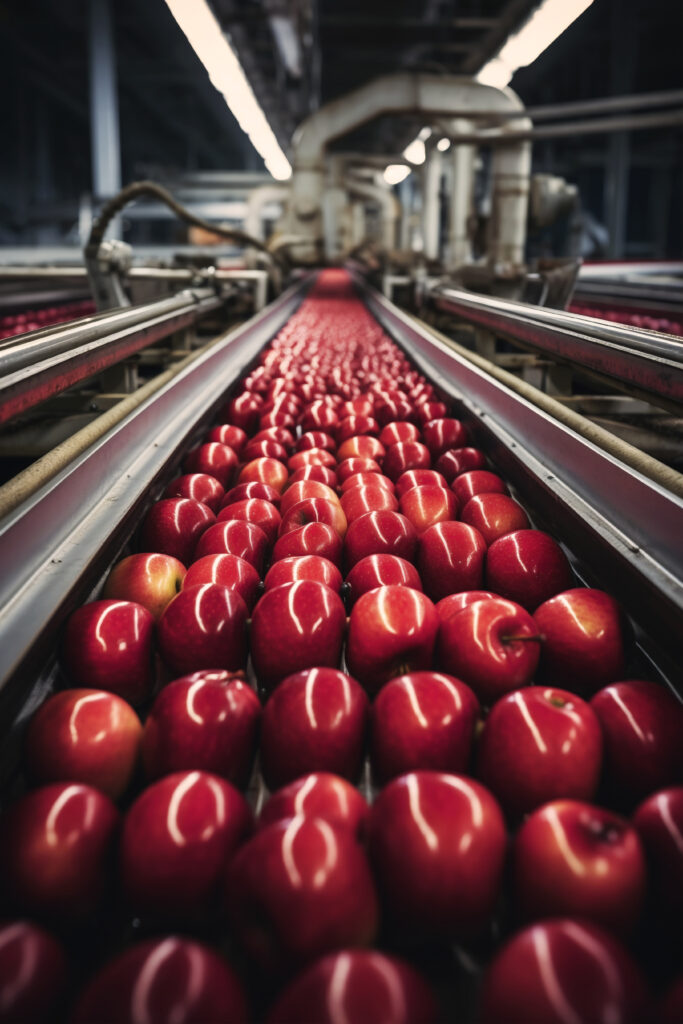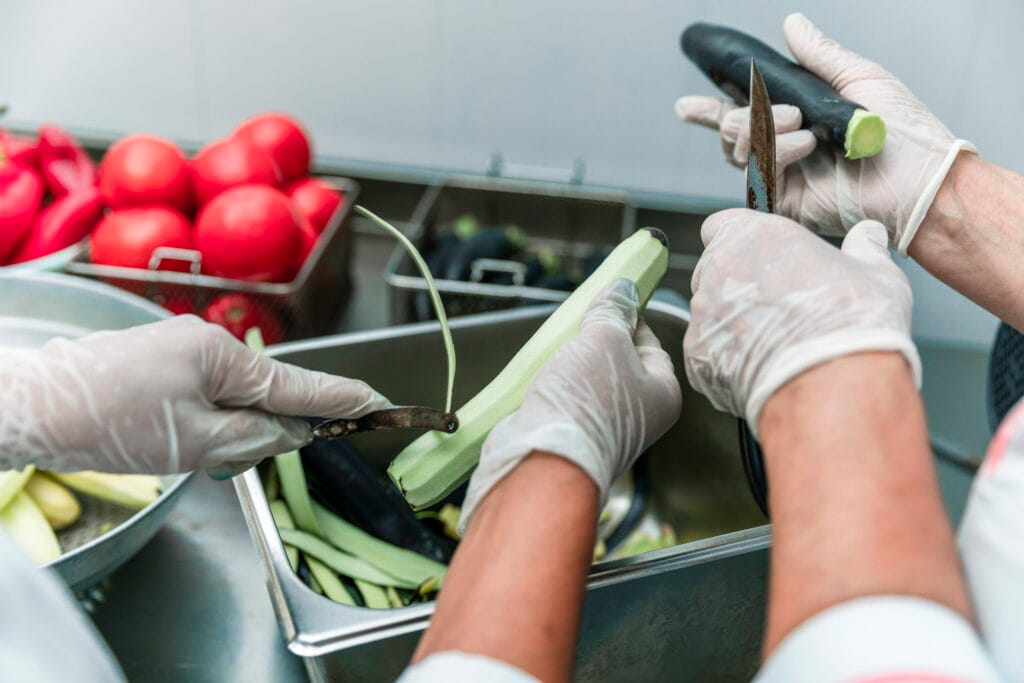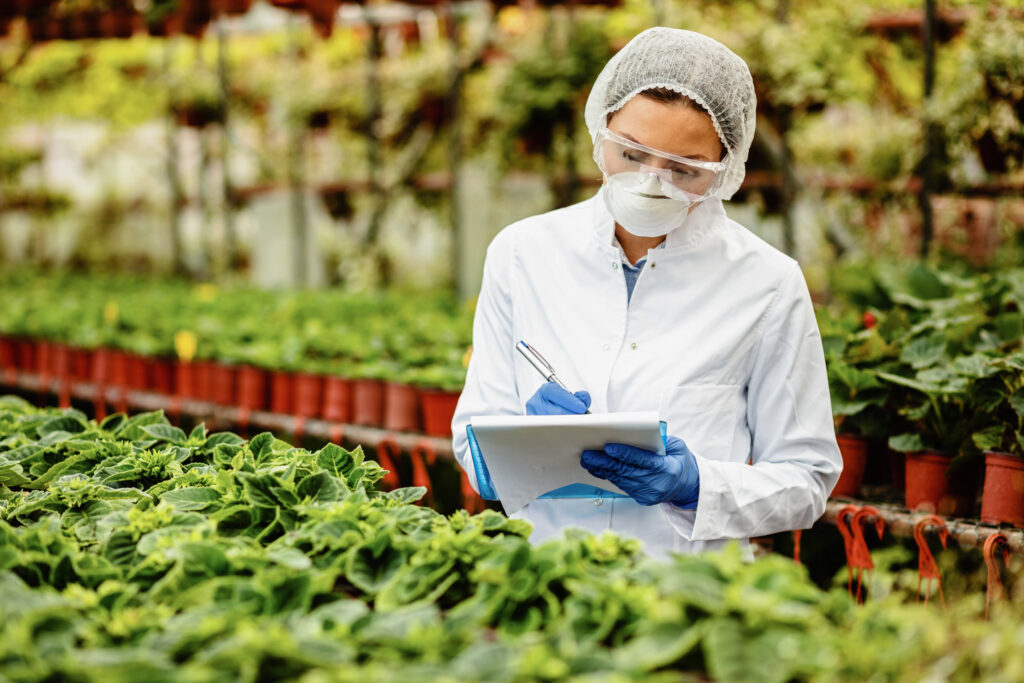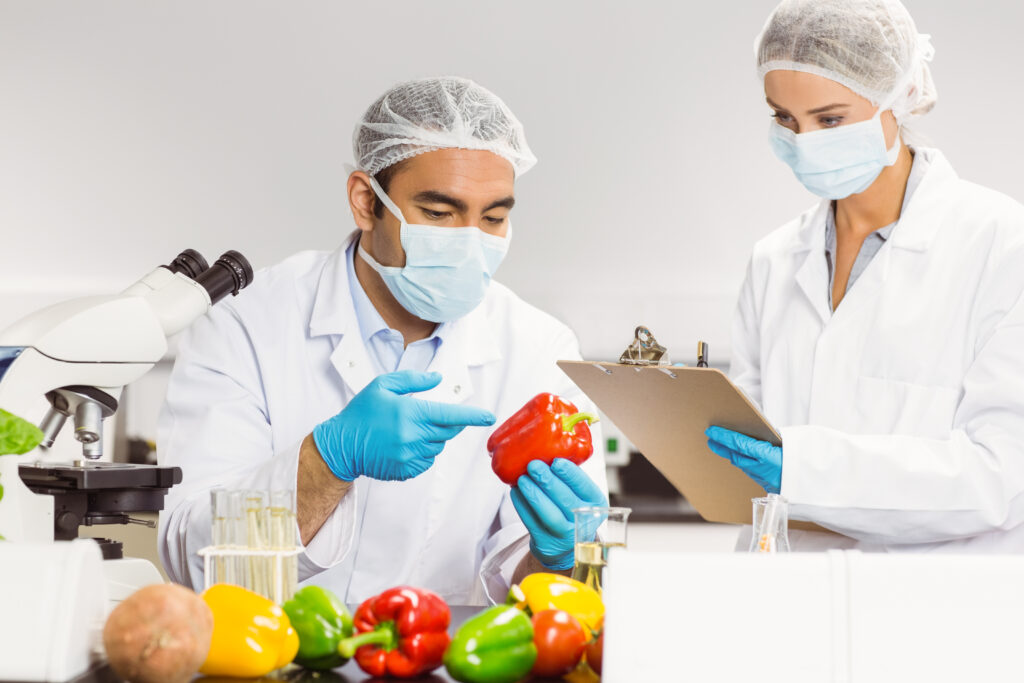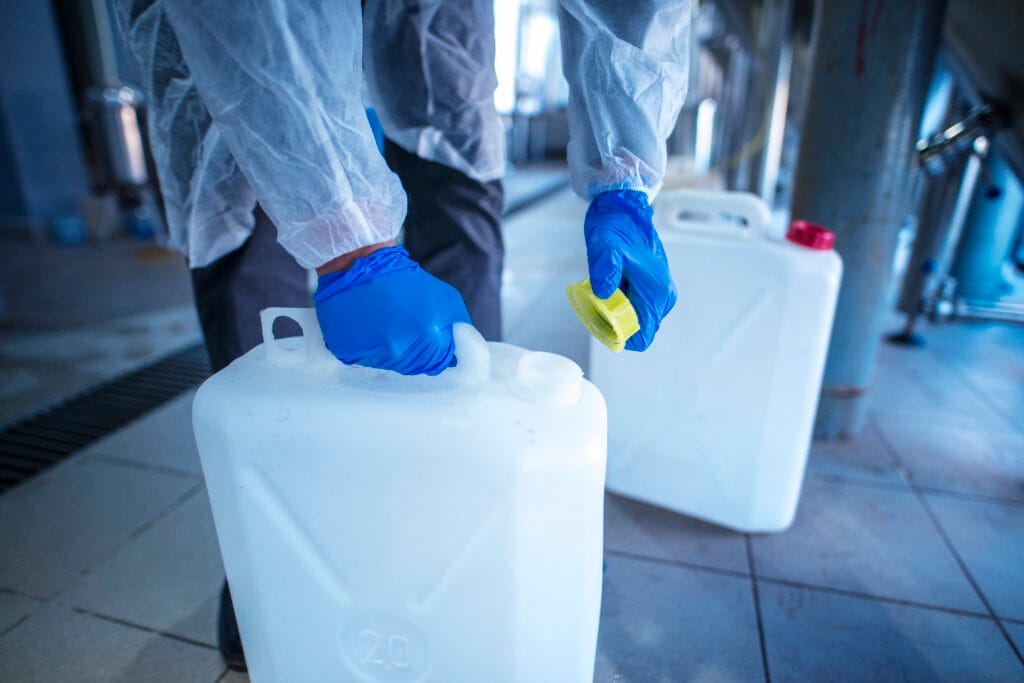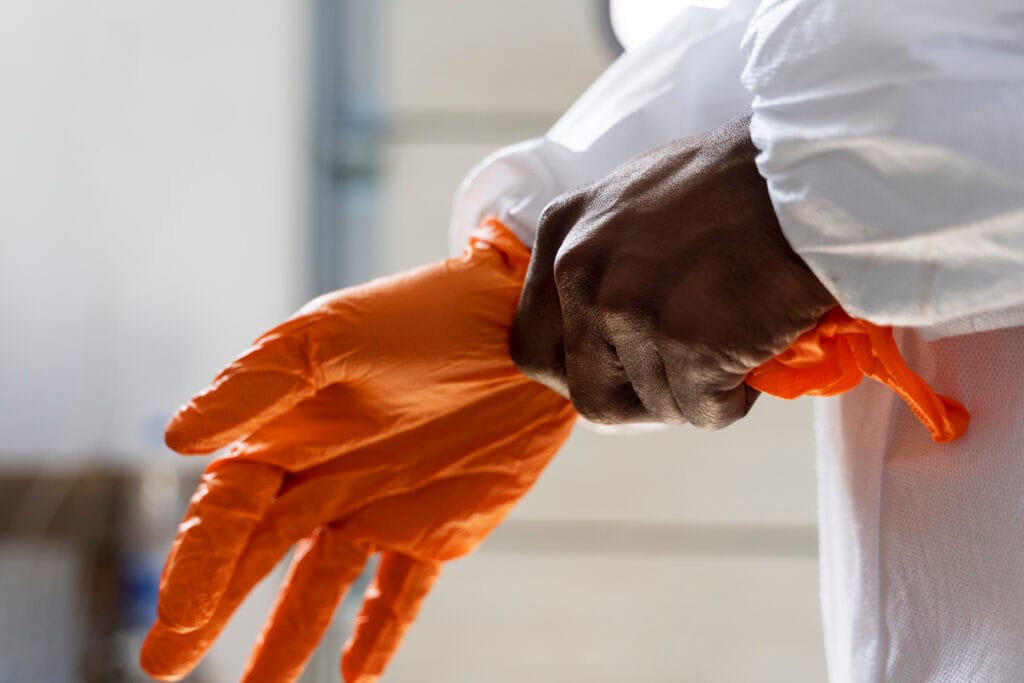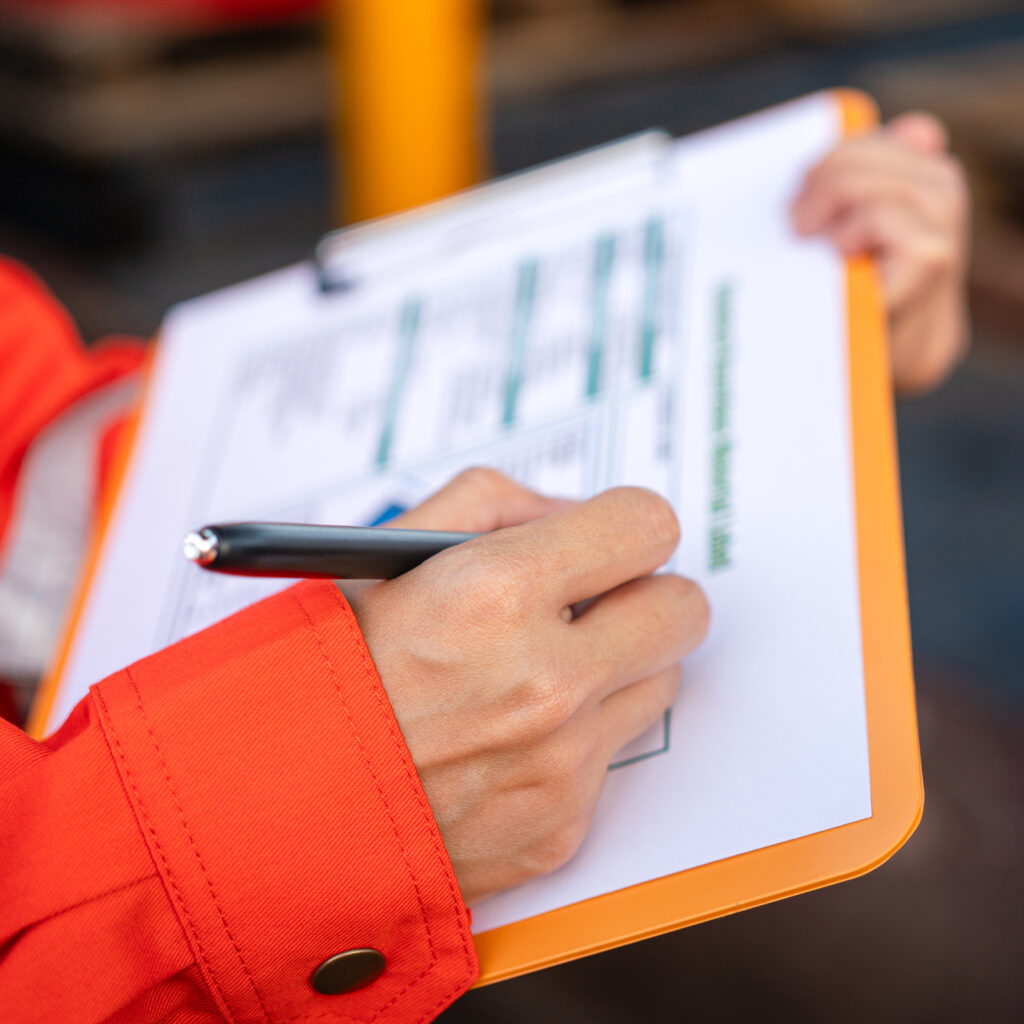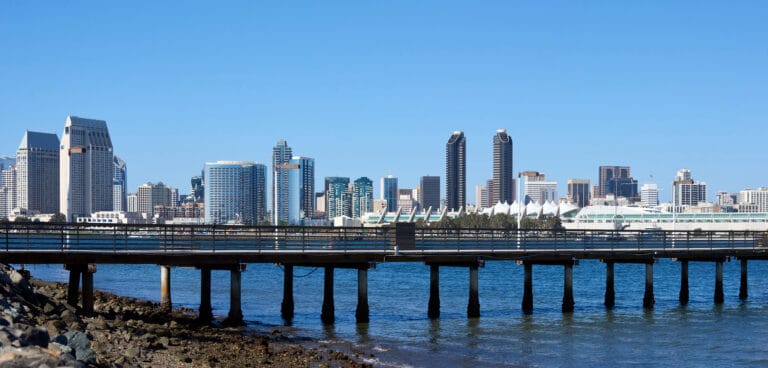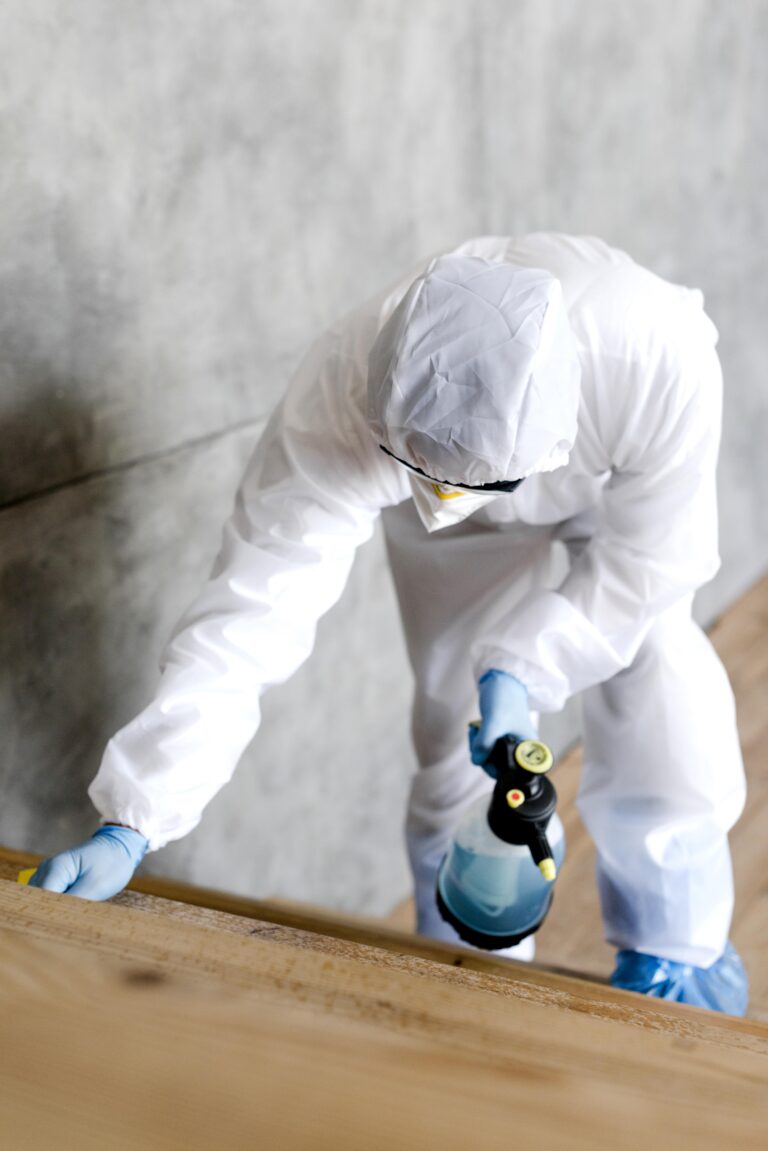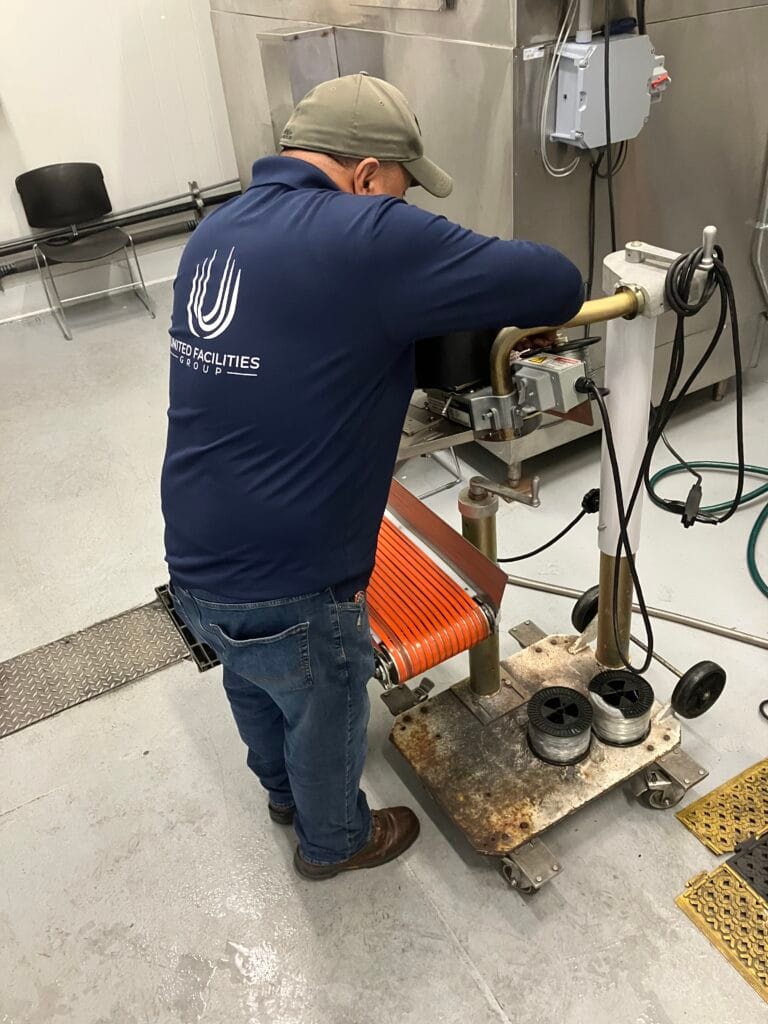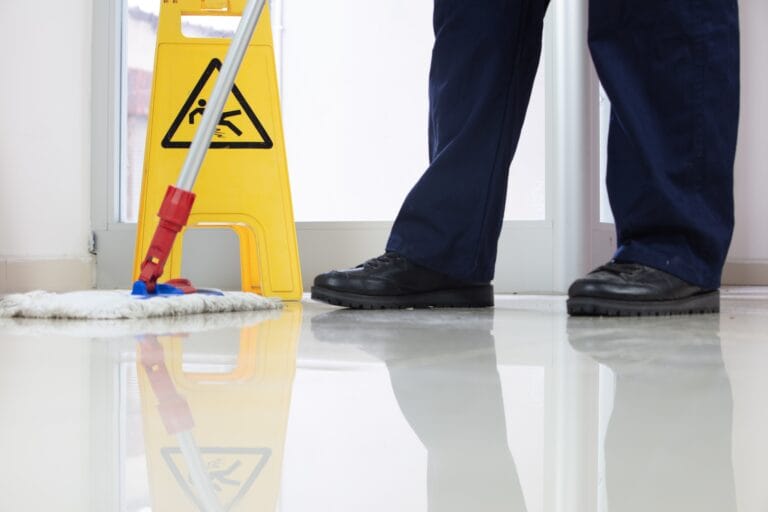In the food industry, maintaining a clean and sanitary environment is paramount. Food-safe cleaning protocols are essential not only for compliance with regulations but also for ensuring the health and safety of consumers. The consequences of neglecting these protocols can be severe, ranging from foodborne illnesses to significant financial losses and damage to a brand’s reputation.
A clean facility minimizes the risk of contamination, thereby protecting both customers and employees. It fosters a culture of safety and responsibility, which is crucial in an industry where the stakes are high. Moreover, food-safe cleaning protocols contribute to operational efficiency.
When cleaning procedures are standardized and effectively implemented, they streamline operations, reduce downtime, and enhance productivity. Employees can focus on their core responsibilities rather than worrying about cleanliness issues. This efficiency is particularly important in high-volume settings where speed and accuracy are critical.
By prioritizing food-safe cleaning protocols, businesses not only comply with regulations but also create a safer and more efficient working environment.
Key Takeaways
- Food-safe cleaning protocols are crucial for preventing foodborne illnesses and ensuring the safety of consumers.
- Understanding and adhering to food safety regulations and guidelines is essential for maintaining a clean and safe food environment.
- Implementing effective cleaning and sanitizing procedures is necessary to eliminate harmful bacteria and contaminants from food preparation areas.
- Training and educating employees on proper cleaning protocols is key to ensuring consistent adherence to food safety standards.
- Utilizing proper cleaning equipment and chemicals is important for effectively removing dirt, grime, and bacteria from food contact surfaces.
Understanding Food Safety Regulations and Guidelines
Food safety regulations and guidelines are established to protect public health and ensure that food products are safe for consumption. These regulations vary by region and type of food service but generally encompass a range of practices that must be adhered to in order to maintain safety standards. Understanding these regulations is crucial for any organization involved in food preparation or service.
They provide a framework for what is required in terms of cleanliness, sanitation, and overall food handling practices. Compliance with food safety regulations is not merely a legal obligation; it is a moral imperative. Organizations must stay informed about local, state, and federal guidelines, as well as industry best practices.
This knowledge enables businesses to implement effective cleaning protocols that align with regulatory requirements. Regular training sessions and updates on changes in legislation can help ensure that all employees are aware of their responsibilities regarding food safety. By fostering a culture of compliance, organizations can significantly reduce the risk of violations and the associated penalties.
Implementing Effective Cleaning and Sanitizing Procedures
Implementing effective cleaning and sanitizing procedures is a critical component of any food-safe environment. These procedures should be clearly defined and documented to ensure consistency across all areas of operation. A well-structured cleaning schedule that outlines specific tasks, frequencies, and responsible personnel can help maintain high standards of cleanliness.
This schedule should cover all surfaces, equipment, and utensils used in food preparation and service. In addition to routine cleaning, sanitizing procedures must be integrated into the daily operations of a food establishment. Sanitization involves using chemical agents or heat to reduce the number of pathogens on surfaces to safe levels.
It is essential to select appropriate sanitizers that are effective against a broad spectrum of microorganisms while being safe for use in food environments. Regular audits of cleaning practices can help identify areas for improvement and ensure that procedures are being followed correctly.
Training and Education for Employees
Training and education for employees play a vital role in maintaining food-safe cleaning protocols. All staff members should receive comprehensive training on the importance of cleanliness in food safety, as well as specific cleaning procedures relevant to their roles. This training should be ongoing, with regular refreshers to keep employees informed about best practices and any changes in regulations or procedures.
Effective training programs should include hands-on demonstrations, visual aids, and assessments to ensure that employees understand the material. Engaging employees in discussions about the significance of their roles in maintaining food safety can foster a sense of ownership and responsibility. When employees are well-informed and confident in their cleaning practices, they are more likely to adhere to protocols consistently, thereby enhancing the overall safety of the food environment.

Utilizing Proper Cleaning Equipment and Chemicals
The choice of cleaning equipment and chemicals is crucial in establishing effective food-safe cleaning protocols. Organizations must invest in high-quality cleaning tools that are designed specifically for use in food environments. This includes mops, brushes, cloths, and other implements that can withstand frequent use while effectively removing dirt and contaminants.
Equally important is the selection of appropriate cleaning chemicals. It is essential to choose products that are safe for use around food while being effective at eliminating pathogens. Understanding the proper application methods and dilution ratios is also critical to ensure that these chemicals work effectively without leaving harmful residues.
Regularly reviewing the inventory of cleaning supplies can help organizations stay compliant with safety standards while ensuring that they have the necessary tools to maintain cleanliness.
Monitoring and Verification of Cleaning Protocols
Monitoring and verification are essential components of any effective cleaning program in the food industry. Regular inspections should be conducted to assess compliance with established cleaning protocols. These inspections can help identify areas where improvements are needed and ensure that all staff members are adhering to the required standards.
Documentation plays a key role in monitoring efforts. Keeping detailed records of cleaning schedules, inspections, and corrective actions taken can provide valuable insights into the effectiveness of cleaning protocols over time. This data can also be useful during audits or inspections by regulatory agencies.
By establishing a culture of accountability through monitoring and verification, organizations can maintain high standards of cleanliness and ensure ongoing compliance with food safety regulations.
Addressing Common Challenges and Issues in Food-Safe Cleaning
Despite best efforts, challenges may arise when implementing food-safe cleaning protocols. One common issue is employee turnover, which can lead to inconsistencies in cleaning practices if new staff members are not adequately trained. To mitigate this challenge, organizations should develop comprehensive onboarding programs that emphasize the importance of food safety from day one.
Another challenge is the potential for cross-contamination during cleaning processes. It is crucial to establish clear guidelines on how to prevent cross-contamination between different areas or types of food products. This may involve using color-coded cleaning tools or designating specific equipment for particular tasks.
By proactively addressing these challenges, organizations can enhance their food-safe cleaning protocols and reduce the risk of contamination.
Continuous Improvement and Adaptation to Industry Changes
The food industry is constantly evolving, with new technologies, regulations, and consumer expectations emerging regularly. To remain competitive and compliant, organizations must embrace continuous improvement in their cleaning protocols. This involves regularly reviewing and updating procedures based on feedback from staff, changes in regulations, or advancements in cleaning technology.
Engaging with industry associations or attending workshops can provide valuable insights into best practices and emerging trends in food safety. By fostering a culture of adaptability, organizations can ensure that their cleaning protocols remain effective and relevant in an ever-changing landscape. Continuous improvement not only enhances compliance but also contributes to a safer environment for both employees and consumers alike.
In conclusion, establishing robust food-safe cleaning protocols is essential for any organization involved in the food industry. By understanding regulations, implementing effective procedures, training employees, utilizing proper equipment, monitoring compliance, addressing challenges, and committing to continuous improvement, businesses can create a safe environment that protects public health while enhancing operational efficiency. United Facilities Group stands ready to assist organizations in achieving these goals through tailored solutions designed specifically for the unique challenges faced in maintaining food safety standards.
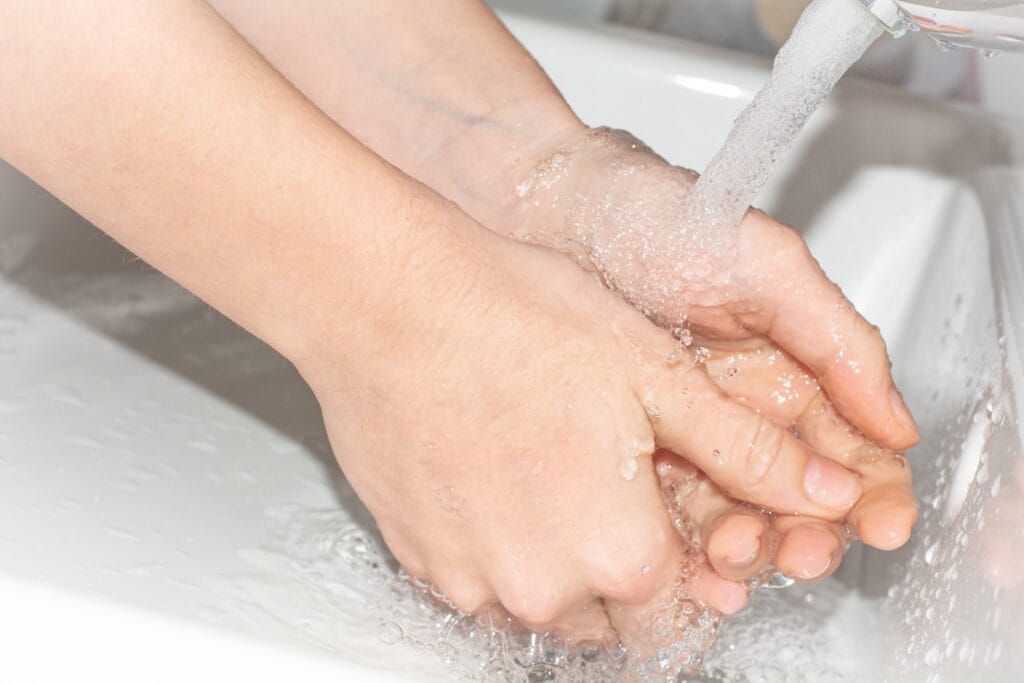

FAQs
What are food-safe cleaning protocols?
Food-safe cleaning protocols are specific procedures and practices designed to ensure that food processing plants maintain a clean and sanitary environment to prevent contamination of food products. These protocols are essential for maintaining food safety and preventing the spread of foodborne illnesses.
Why are food-safe cleaning protocols important for Central Valley food processing plants?
Central Valley food processing plants play a crucial role in the food supply chain, and ensuring the safety and quality of the products they produce is essential. Food-safe cleaning protocols help prevent the spread of foodborne pathogens, maintain compliance with food safety regulations, and protect the reputation of the food processing industry in the Central Valley.
What are some common food-safe cleaning protocols for food processing plants?
Common food-safe cleaning protocols for food processing plants include regular sanitation of equipment and surfaces, use of food-safe cleaning agents and sanitizers, implementation of cleaning schedules, training of staff on proper cleaning procedures, and monitoring of cleaning effectiveness through testing and verification.
How do food-safe cleaning protocols help prevent foodborne illnesses?
Food-safe cleaning protocols help prevent foodborne illnesses by removing and reducing the presence of harmful bacteria, viruses, and other pathogens that can contaminate food products. By maintaining a clean and sanitary environment, food processing plants can minimize the risk of foodborne illness outbreaks and ensure the safety of the products they produce.
What are the regulatory requirements for food-safe cleaning protocols in Central Valley food processing plants?
Central Valley food processing plants are subject to regulations and standards set by agencies such as the Food and Drug Administration (FDA) and the California Department of Public Health. These regulations outline specific requirements for cleaning and sanitation practices to ensure food safety and prevent contamination of food products. Compliance with these regulations is essential for maintaining the safety and quality of food products.
